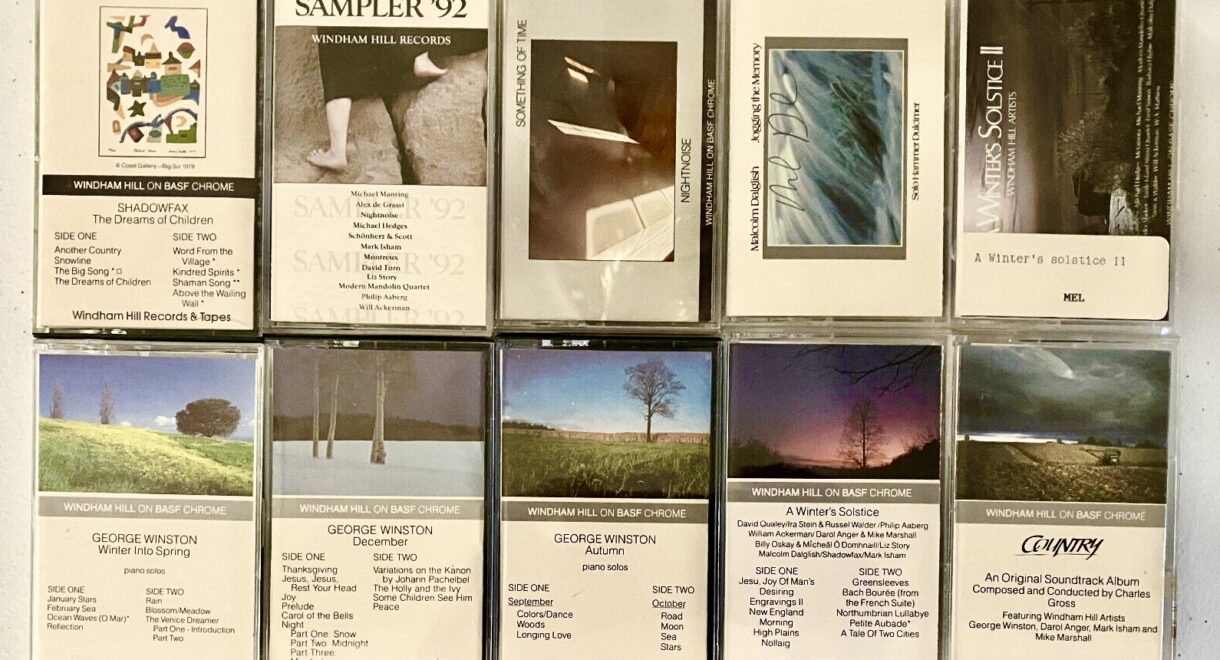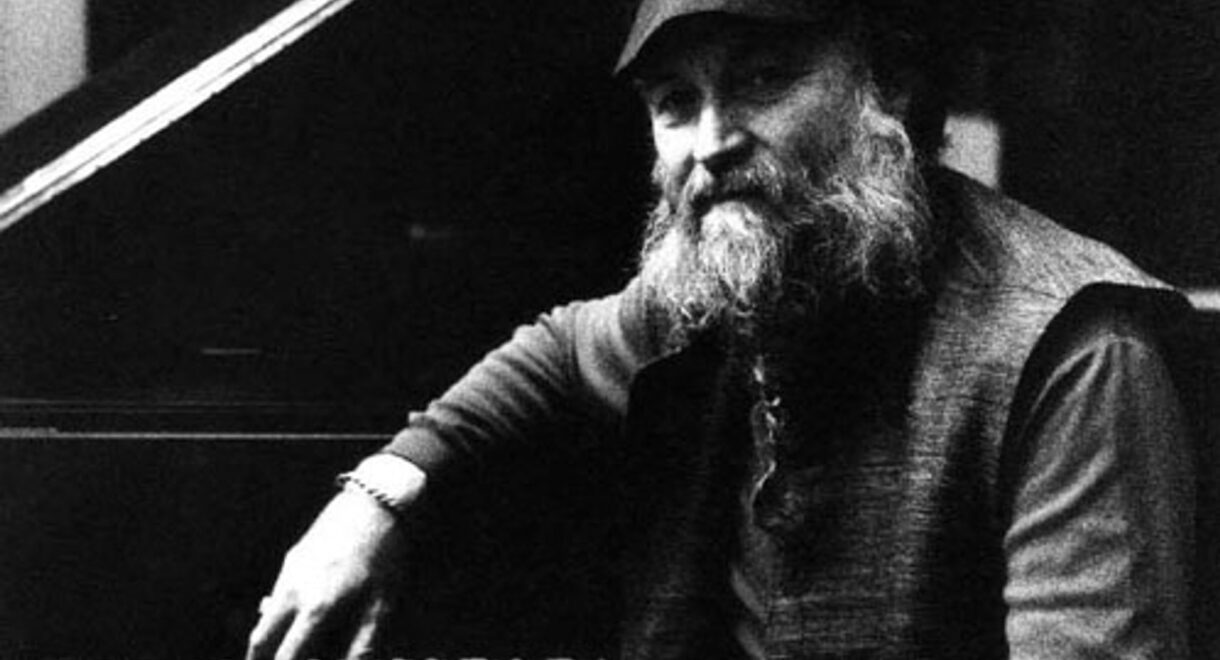Robert Wyatt performs in a knitted mask on French television. One of the more underrated progressive rock groups from the ’70s Canterbury Scene, Matching Mole was a short-lived […]
Sun Ra’s Trip to the Heart of Egypt (1971)

When Sun Ra caught wind of flights from Denmark to Egypt, he and the Arkestra embarked on the trip of a lifetime.
Sun Ra was a singular artists enrobed in his own mythology, as was the rest of his revolving cast of Arkestra members. Their stylistic nods to ancient Egypt were especially prominent. His namesake, Ra, is the all powerful sun god who humbled the people of the pyramids. This grafting of culture was especially prominent in his time, as Black spiritualists in the United States were inspired by the mystical and occult knowledge of the African kingdom of ancient Egypt.
When Sun Ra finally made the pilgrimage to Cairo in 1971, his wildly free and potent intuition led the way. When he was struck with the idea, the band had been touring Scandinavia and were on their last stop in Denmark. They sold original tapes of their live show recordings in Copenhagen to eager Danes, in the process easily earning the cash to bankroll the Arkestra’s ambitious journey.
The Arkestra had reached peak popularity: Not only did Ra teach at the UC Berkeley that year, but he also seduced the mainstream by landing a coveted spot on the cover of Rolling Stone magazine. This newfound fame, however, did him little good when they attempted to clear Egyptian customs. Suspicious of their odd instruments, officials confiscated them. It pays off to have friends from high places: They were soon saved by drummer Salah Ragab, the godfather of Egyptian jazz — and a colonel in the country’s military. He used his rank to get their instruments released. Once free, they toured the region and recorded the shows along the way. These recordings were edited and released on Ra’s Saturn label as Dark Myth Equation Visitation, Nidhamu, and Horizon. Last year Rough Trade rereleased the three records. They deliver insight into the sonic zeitgeist of those precious few weeks.
This period left an indelible mark on Ra and the Arkestra, which can be seen and appreciated in their shift in the visual language post-Egypt. For Ra, it also confirmed his theory that as objects move through physical space, they create sonic waves that should be interpreted as music too. A turning point for one of the most beloved characters in jazz, this work reveals how truly magical Ra is.










